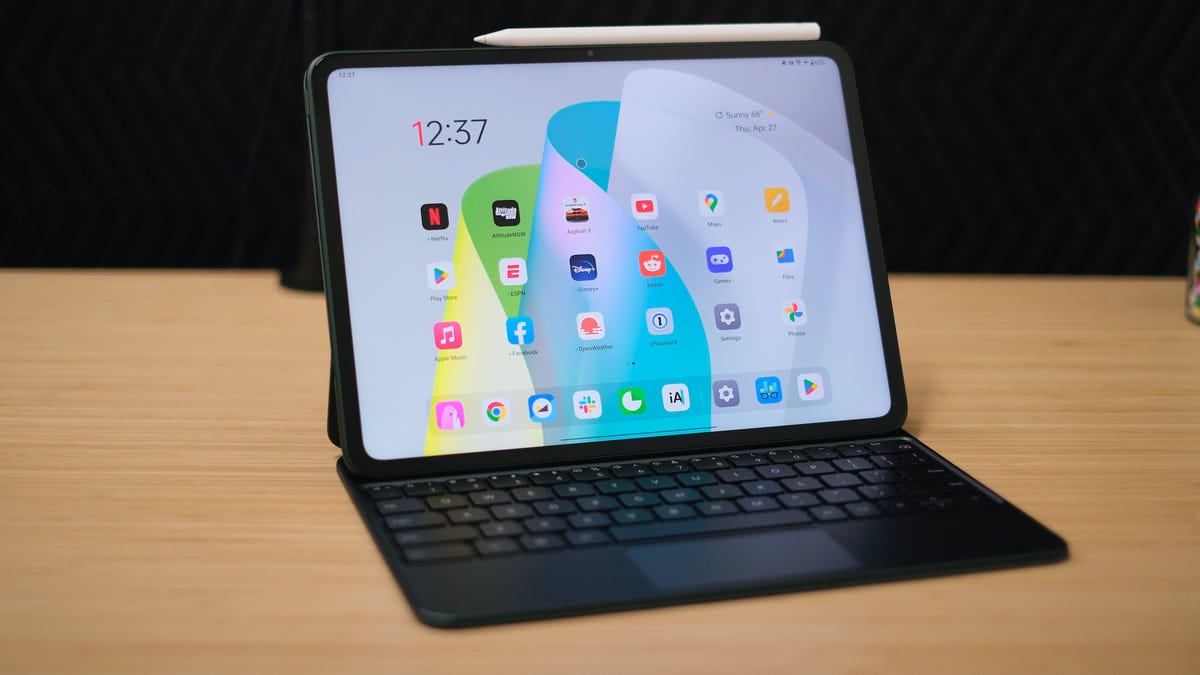
Introduction to Customizing Wallpapers on Android Tablets
Personalizing your Android tablet can be fun and easy. One of the simplest ways to do this is by changing the wallpaper. With countless options available, you can pick an image that matches your style, mood, or even the season. This guide will walk you through the steps to change your wallpaper, covering various methods to achieve this.
Prerequisites for Changing Wallpapers
Before starting, ensure your Android tablet meets these basic requirements:
- Operating System: Your tablet must run Android 5.0 (Lollipop) or later. Check your device settings under "About Tablet" to confirm.
- Storage Space: Ensure at least 10MB of free space is available for new wallpapers.
- File Format: Wallpapers should be in JPEG, PNG, GIF, or BMP format. Convert other formats using a file converter app.
- File Manager App: Install a file manager app like ES File Explorer or Files by Google.
- Permissions: Grant necessary permissions to your file manager app to access storage and modify system settings.
Steps to Change Wallpaper on Android Tablet
Method 1: Using the Built-in Gallery App
- Open the Gallery App: Locate and open the Gallery app on your Android tablet.
- Select an Image: Browse through your gallery to find an image you want to use.
- Long Press on the Image: This will bring up a menu with options related to the image.
- Set as Wallpaper: Choose "Set as Wallpaper" from the menu. Decide whether to set the image as your home screen wallpaper or lock screen wallpaper.
- Adjust Settings (Optional): Adjust settings like zooming in or out, rotating the image, or applying a filter.
- Confirm Changes: Tap "Set" to confirm your new wallpaper.
Method 2: Using Google Photos
- Open Google Photos: Use Google Photos if you have a Google account linked to your device.
- Search for Images: Use the search bar to find images matching your preferences.
- Select an Image: Choose an image from the search results.
- Share & Set Wallpaper: Tap on the three dots (⋯) at the top right corner of the image and select "Share & export."
- Set as Wallpaper: From the share menu, select "Set as wallpaper." Confirm your choice in the device's wallpaper settings.
Method 3: Using Third-Party Apps
- Download and Install an App: Search for a wallpaper app like Wallpapers HD or Wallpapers Pro.
- Open the App: Launch the app after installation.
- Browse Wallpapers: Browse through various categories or search for specific types of wallpapers.
- Select an Image: Choose an image from within the app.
- Download & Set Wallpaper: Tap on the download button if necessary, then set it as your wallpaper.
Advanced Customization Options
Using Live Wallpapers
Live wallpapers are dynamic images that can change over time. Here’s how to set a live wallpaper:
- Open Settings: Go to Settings > Display > Wallpaper.
- Choose Live Wallpaper: Select “Live Wallpaper” from the options.
- Browse Live Wallpapers: Browse through available live wallpapers or search for specific types.
- Set Live Wallpaper: Tap “Set” to apply your chosen live wallpaper.
Creating Custom Wallpapers
Feeling creative? Create custom wallpapers using photo editing software like Adobe Photoshop or free alternatives like GIMP or Canva:
- Choose an Image: Select an image to use as the base for your custom wallpaper.
- Edit the Image: Use photo editing software to trim, crop, or apply filters.
- Save in Supported Format: Save your edited image in a format like JPEG or PNG.
- Transfer File: Transfer the edited image to your tablet using a USB cable or cloud storage services like Google Drive or Dropbox.
- Set Custom Wallpaper: Follow similar steps as described above to set this custom image as your new wallpaper.
Troubleshooting Common Issues
No Wallpaper Folder Found
If a "Wallpapers" folder is not found on your device, create one manually:
- Open File Explorer: Use a file manager app like ES File Explorer or Files by Google.
- Navigate to Internal Storage: Go to Internal Storage > Pictures > Wallpapers.
- Create New Folder: Create a new folder named "Wallpapers."
- Move Image Here: Move your desired wallpaper into this newly created folder.
Permission Issues
Encountering permission issues? Ensure your file manager app has necessary permissions:
- Grant Permissions: Go to Settings > Apps > File Manager App > Permissions.
- Allow Storage Access: Grant storage access permissions if prompted.
Image Format Issues
If the chosen image isn't in an accepted format like JPEG or PNG, convert it using a file converter app:
- Download Converter App: Search for a file converter app on Google Play Store.
- Convert File Format: Use this app to convert your image into an accepted format like JPEG or PNG.
Changing the wallpaper on an Android tablet is a simple yet powerful way to personalize your device. With these steps and methods outlined above, you should be able to easily switch between different wallpapers or even create your own custom ones using photo editing software. Whether you prefer static images or dynamic live wallpapers, there’s something for everyone when it comes to customizing your Android tablet’s appearance.
